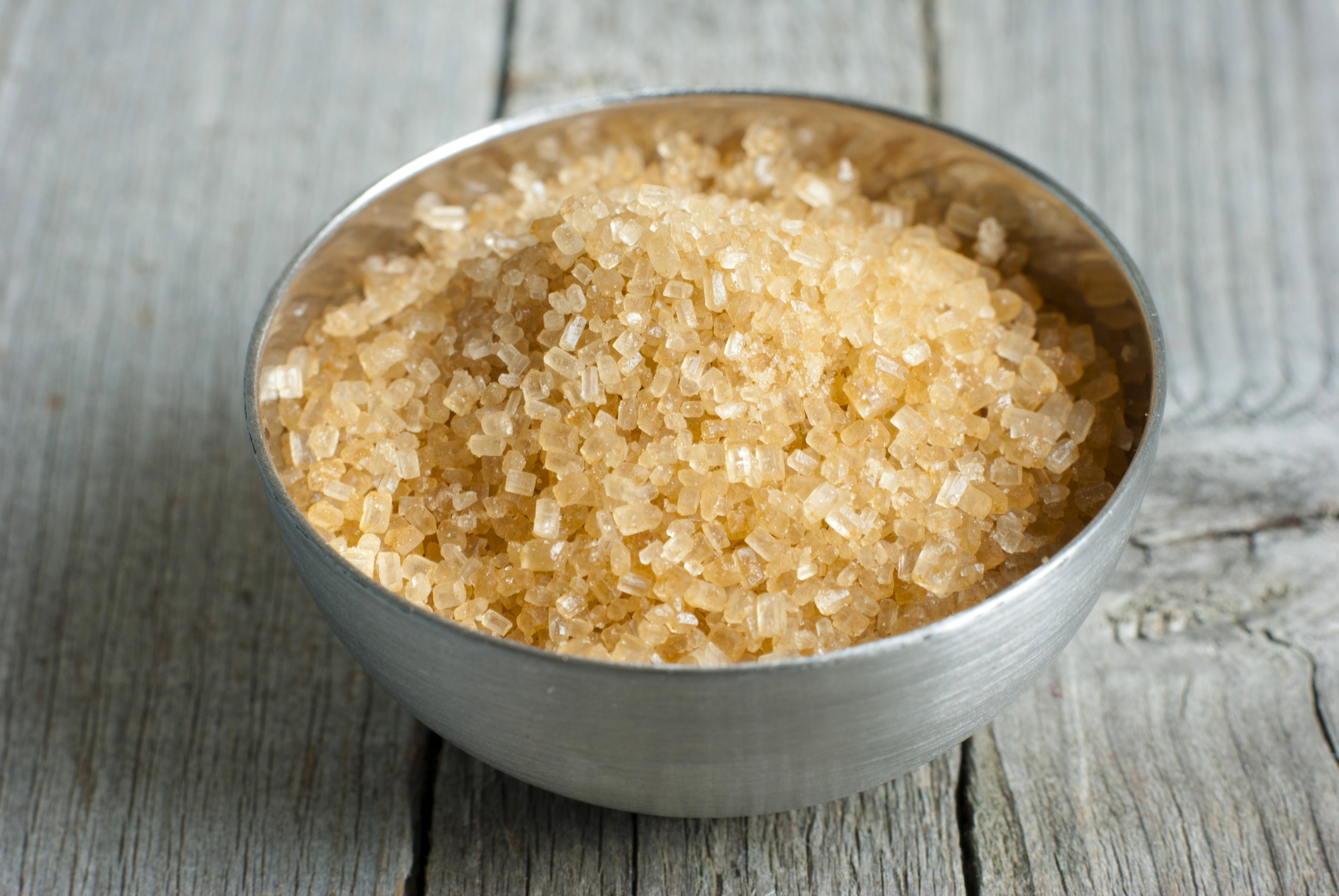Understanding Cane Sugar Processing: A Comprehensive Review of the Stages
Understanding Cane Sugar Processing: A Comprehensive Review of the Stages
Blog Article
A Thorough Guide to the Ecological Effect and Sustainability Practices in Walking Stick Sugar Processing
The environmental influence of walking stick sugar handling offers an intricate array of difficulties that warrant careful assessment. From soil destruction and excessive water use to the carbon footprint connected with farming and production, the repercussions of standard methods are significant. On the other hand, the fostering of ingenious sustainability procedures provides a path toward much more accountable production techniques. Understanding the interaction in between these concerns is crucial for stakeholders in the market. What particular techniques can be executed to strike a balance in between performance and ecological stewardship? The solutions depend on a better check out both the obstacles and potential remedies.
Review of Cane Sugar Handling
Walking cane sugar processing includes a collection of organized steps that transform sugarcane right into polished sugar. Initially, harvested sugarcane is moved to refining facilities, where it goes through cleansing to eliminate soil and debris. Following this, the walking cane is squashed to draw out juice, which is after that cleared up by getting rid of contaminations through heating and the enhancement of lime.
The clarified juice undergoes dissipation, where water is eliminated to focus the sugar content. This concentrated syrup is after that crystallized with air conditioning, permitting sugar crystals to form. These crystals are separated from the staying syrup utilizing centrifugation, resulting in raw sugar. To accomplish refined sugar, the raw product goes through additional purification processes, which may include cleaning and filtering to get rid of remaining pollutants and shade.
The final product is after that dried and packaged for distribution. Throughout this entire procedure, preserving efficiency and quality assurance is vital to make sure the sugar fulfills market standards. Each action in cane sugar processing not just adds to the end product however also has implications for source use and waste generation, setting the stage for discussions on sustainability and ecological impacts related to sugar manufacturing.
Environmental Difficulties of Production
The production of cane sugar presents a number of considerable environmental challenges that warrant interest. One main worry is the substantial use of agrochemicals, including fertilizers and chemicals, which can result in dirt degradation, biodiversity loss, and contamination of neighborhood water resources. The overflow from sugarcane fields typically carries these chemicals into nearby environments, interrupting water life and affecting the wellness of communities reliant on these water bodies.
One more obstacle is the high energy intake connected with sugarcane handling. The boiling and refining phases need substantial warmth, mainly produced by shedding fossil gas, adding to greenhouse gas exhausts. In addition, the extensive acreage required for sugarcane farming can cause logging and environment devastation, additional aggravating climate modification and threatening wild animals.
Moreover, the labor techniques in some areas raise ethical worries, as employees may deal with bad working conditions and inadequate salaries. This circumstance usually bolsters a cycle of destitution in regional communities. Cane Sugar Processing. Attending to these ecological obstacles is essential for developing more lasting techniques in cane sugar manufacturing, eventually profiting both the setting and the communities associated with this industry
Water and Land Use Impact
Water resources and land application are vital components in the walking cane sugar sector that substantially impact the setting. The cultivation of sugarcane requires considerable water input, with estimates recommending that it can eat approximately 2,000 litres of water per kg of sugar created. This extensive use water typically brings about deficiency of neighborhood water resources, affecting not just the sugarcane ranches yet also surrounding environments and communities that rely upon the very same water resources for farming and domestic use.

Furthermore, land usage for sugarcane growing can lead to deforestation and the conversion of natural habitats into monoculture ranches. This practice lessens biodiversity, interrupts their website local ecosystems, and adds to dirt destruction. The development of sugarcane fields commonly intrudes on valuable farming land, producing competition for sources between food and biofuel manufacturing.
Lasting practices, such as optimizing watering methods and carrying out crop turning, are essential to alleviate these influences. By embracing more efficient water usage and land management methods, the cane sugar industry can lower its environmental footprint, ensuring a balance in between farming productivity and environmental preservation.
Greenhouse Gas Emissions
Greenhouse gas exhausts represent a substantial ecological problem within the cane sugar handling sector, particularly as farming methods broaden to fulfill global demand. The growing of sugarcane, a crop that grows in tropical climates, depends heavily on synthetic plant foods and pesticides, which add to nitrous oxide exhausts. Additionally, land-use modifications, consisting of deforestation for new sugarcane plantations, release carbon dioxide saved in plants and dirt.
Throughout handling, power usage is an additional significant source of greenhouse gas exhausts - Cane Sugar Processing. Many sugar mills make use of fossil fuels to power machinery and create warmth, resulting in considerable carbon footprints. Additionally, the transport of raw sugarcane and finished items adds layers of discharges through fuel combustion in automobiles
The advancing effect of these exhausts exacerbates environment change, positioning dangers not only to the setting yet additionally to the lasting feasibility of the industry. Stakeholders should recognize the urgent demand for extensive techniques that deal with these emissions. This imp source involves evaluating current farming practices, refining methods, and transportation systems to identify areas for renovation and mitigation. Resolving greenhouse gas exhausts is crucial for promoting a much more sustainable cane sugar market in a changing climate.

Lasting Practices and Innovations
Sustainable techniques and advancements are progressively crucial in the cane sugar handling industry as stakeholders look for to lower ecological effects while keeping efficiency. One significant innovation is the implementation of integrated plant administration, which enhances source use by combining dirt management, insect control, and crop rotation techniques. This approach enhances yield while lessening chemical inputs and protecting dirt wellness.
In addition, the adoption of renewable energy resources, such as biomass from sugarcane residues, has actually gained grip - Cane Sugar Processing. By transforming waste products right into power, refining centers can reduce their reliance on nonrenewable fuel sources, thereby decreasing greenhouse gas discharges
Water management practices have actually also seen renovations through the recycling and reusing of water in processing plants, substantially minimizing freshwater consumption. Innovations in innovation, such as accuracy agriculture, enable farmers to check crop health visit homepage and wellness and source usage better, ensuring sustainable growing methods.
Moreover, qualification programs like Fair Trade and Rainforest Partnership encourage ecologically responsible farming methods and advertise social equity within the supply chain. By embracing these sustainable techniques and developments, the cane sugar handling sector can improve its resilience and add favorably to ecological stewardship.
Verdict
The ecological influence of walking stick sugar handling offers substantial difficulties, consisting of dirt deterioration, high water intake, and greenhouse gas discharges, along with honest issues connected to labor techniques. Addressing these concerns with sustainable techniques, such as incorporated crop monitoring, renewable resource adoption, and water recycling, is crucial. By promoting environmentally liable and socially fair methods in sugar manufacturing, the industry can reduce its damaging results, making certain a much more lasting future for both areas and environments included in this field.
Walking stick sugar processing entails a collection of methodical actions that change sugarcane into polished sugar. Each step in walking stick sugar processing not only adds to the final product yet additionally has effects for source use and waste generation, setting the stage for conversations on sustainability and ecological influences connected with sugar manufacturing.
Greenhouse gas discharges stand for a significant environmental worry within the walking stick sugar processing industry, specifically as agricultural techniques expand to fulfill international demand.Sustainable methods and developments are progressively crucial in the walking cane sugar handling industry as stakeholders look for to decrease ecological impacts while keeping productivity.The ecological influence of walking stick sugar processing presents considerable obstacles, consisting of dirt deterioration, high water intake, and greenhouse gas discharges, along with ethical worries related to labor techniques.
Report this page